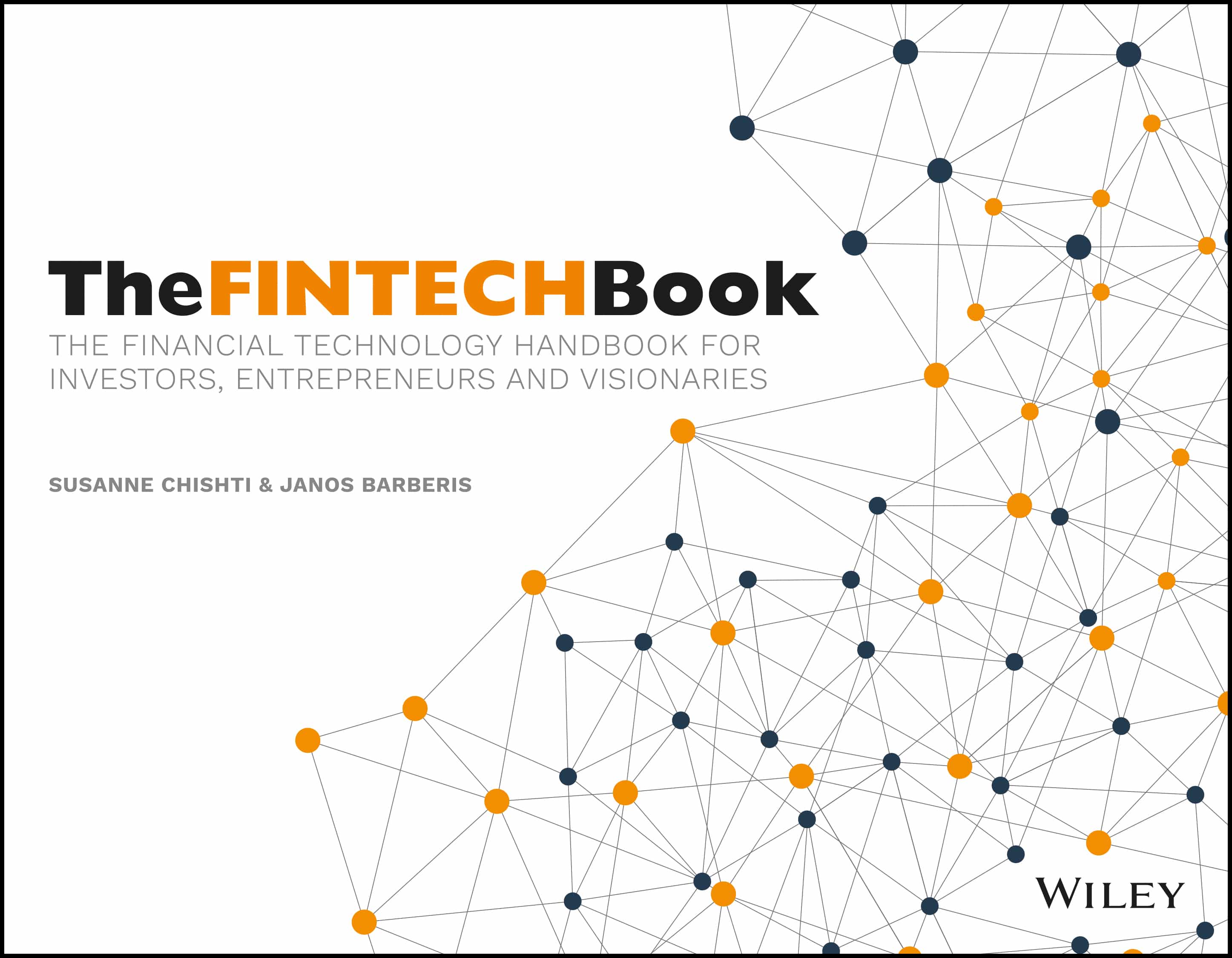This article was written by David Gyori. David is a Fintech writer, speaker, researcher, consultant and trainer. He is the founder and CEO of Banking Reports, the co-author of ‘The FinTech Book’ and a member of the Panel of Judges of the European FinTech Awards.
The multibrand-branch
Banks are under growing cost pressure and they are trying to cut back on fixed-costs like branches. This resulted in a significant reduction of the size of branch-networks that most large incumbent players are running.
The new world of online trading, fintech and marketing - register now for the Finance Magnates Tel Aviv Conference, June 29th 2016.
Yet, branches are still needed for (1) identity checks, (2) cash-transactions, and (3) personalized advice. The 'multibrand branch concept' is that different banks (competitors) will team up and run common branches to fulfill the remaining brick and mortar functions. This will be an emerging concept by 2020.
Identity check
For AML, KYC and CFT reasons, banks have to be absolutely sure about the real identity of their clients. Yet, there are very few countries around the world (one is Estonia) with fully functional digital identities granted to all citizens.
These players will be real gurus of cash logistics
This makes opening a new and fully transactional bank account a process that in almost all countries of the world strictly binds consumers to get themselves physically identified in a branch.
From a cost point of view it is a nightmare that each bank brand must identify its customers in its own branch. This could easily be done in a multibrand branch.
Cash transactions
Helping clients pay in or withdraw cash is one of the most costly functions of old-style single brand branches. Most security features and security costs of a branch are centered around this feature.
In a multibrand branch not only are these costs shared between the 3-4-5 brands running the branch, but the planning of cash-reserves also becomes easier because a larger sample of clients makes statistical planning of cash availability more stable.
Personalized advice
The client of Bank A walks into the branch and wants to receive top-quality investment advice. He sits down to the clerk and the clerk asks: where do you have your account? The client answers: Bank A. The clerk immediately clicks on the robo-advisor app of Bank A, pushes the multi-bank-client-ID-number of the client in and starts to provide the advice.
In the age of robo-advisors, old-style single brand branches will have a hard time providing tangible added-value.
TPBP
Third Party Branch Provides (TPBP) will emerge. Just like the airline industry reacted to cost pressure by eliminating single branded check in procedures and handed this over to third parties, banks will arguably end up with the same structure. Some heads of branch networks will quit and set up TPBP companies.
These players will be real gurus of cash logistics, AML-KYC related ID checks, the use of robo-advisors, the training of branch staff, the security and the ideal location of branches, the leasing and ownership structure behind their branch-network.
Banks will lobby for TPBPs to let their brand in and a fine and constant price-negotiation will go on between banks and TPBPs.
Who will be the winner?
The client. The client who gets same (or better) service for lower price, gets longer opening-hours, more branches, quicker service and less unnecessary sales-pressure from banks using TPBPs.
Banks exclusively sticking to the old-style single brand concept will come under dual-pressure: costs being higher and their clients' need to participating in widespread TPBPs.
And the final aspect: what if a client has accounts at multiple banks and the multibrand branch can handle both at once? ... who would go and waste time and visit two old-style single brand branches instead?
Please share your thoughts about the multibrand branch concept! It needs buzz and feedback... so that by the 2020s we can all enjoy its benefits!
This article was written by David Gyori. David is a Fintech writer, speaker, researcher, consultant and trainer. He is the founder and CEO of Banking Reports, the co-author of ‘The FinTech Book’ and a member of the Panel of Judges of the European FinTech Awards.
The multibrand-branch
Banks are under growing cost pressure and they are trying to cut back on fixed-costs like branches. This resulted in a significant reduction of the size of branch-networks that most large incumbent players are running.
The new world of online trading, fintech and marketing - register now for the Finance Magnates Tel Aviv Conference, June 29th 2016.
Yet, branches are still needed for (1) identity checks, (2) cash-transactions, and (3) personalized advice. The 'multibrand branch concept' is that different banks (competitors) will team up and run common branches to fulfill the remaining brick and mortar functions. This will be an emerging concept by 2020.
Identity check
For AML, KYC and CFT reasons, banks have to be absolutely sure about the real identity of their clients. Yet, there are very few countries around the world (one is Estonia) with fully functional digital identities granted to all citizens.
These players will be real gurus of cash logistics
This makes opening a new and fully transactional bank account a process that in almost all countries of the world strictly binds consumers to get themselves physically identified in a branch.
From a cost point of view it is a nightmare that each bank brand must identify its customers in its own branch. This could easily be done in a multibrand branch.
Cash transactions
Helping clients pay in or withdraw cash is one of the most costly functions of old-style single brand branches. Most security features and security costs of a branch are centered around this feature.
In a multibrand branch not only are these costs shared between the 3-4-5 brands running the branch, but the planning of cash-reserves also becomes easier because a larger sample of clients makes statistical planning of cash availability more stable.
Personalized advice
The client of Bank A walks into the branch and wants to receive top-quality investment advice. He sits down to the clerk and the clerk asks: where do you have your account? The client answers: Bank A. The clerk immediately clicks on the robo-advisor app of Bank A, pushes the multi-bank-client-ID-number of the client in and starts to provide the advice.
In the age of robo-advisors, old-style single brand branches will have a hard time providing tangible added-value.
TPBP
Third Party Branch Provides (TPBP) will emerge. Just like the airline industry reacted to cost pressure by eliminating single branded check in procedures and handed this over to third parties, banks will arguably end up with the same structure. Some heads of branch networks will quit and set up TPBP companies.
These players will be real gurus of cash logistics, AML-KYC related ID checks, the use of robo-advisors, the training of branch staff, the security and the ideal location of branches, the leasing and ownership structure behind their branch-network.
Banks will lobby for TPBPs to let their brand in and a fine and constant price-negotiation will go on between banks and TPBPs.
Who will be the winner?
The client. The client who gets same (or better) service for lower price, gets longer opening-hours, more branches, quicker service and less unnecessary sales-pressure from banks using TPBPs.
Banks exclusively sticking to the old-style single brand concept will come under dual-pressure: costs being higher and their clients' need to participating in widespread TPBPs.
And the final aspect: what if a client has accounts at multiple banks and the multibrand branch can handle both at once? ... who would go and waste time and visit two old-style single brand branches instead?
Please share your thoughts about the multibrand branch concept! It needs buzz and feedback... so that by the 2020s we can all enjoy its benefits!















